The FIA has revealed “it is not the plan” to change the World Rally Championship Rally1 regulations next year amid the current uncertainty surrounding Hyundai’s involvement beyond 2025.
The world motorsport governing body introduced the current Rally1 regulations in 2022 with the aim for the ruleset to run for a traditional five-year homologation cycle.
Toyota, Hyundai and Ford via M-Sport initially signed up to these regulations but there has been growing uncertainty over Hyundai’s commitment to rallying’s top class beyond the end of the season.
Last year, the Korean firm would only commit to a programme for 2025, while it weighs up a decision for 2026 and 2027 when the WRC will adopt all new WRC27 regulations. The brand did, however, announce last year plans to join the World Endurance Championship in 2026 under its Genesis umbrella.
Speculation regarding Hyundai’s future resurfaced at Safari Rally Kenya last month, alongside suggestions that if the marque did leave, Rally2 regulations would be adopted for the WRC’s top class.
Hyundai’s reigning world champion Thierry Neuville admitted that the team’s future remained uncertain but insisted the brand is yet to make a decision on its future.

Thierry Neuville, Hyundai World Rally Team
Photo by: Vincent Thuillier / Hyundai Motorsport
Speaking in a media roundtable at Rally Islas Canarias, FIA technical director Xavier Mestelan Pinon says a change of regulations for next year is not the target should Hyundai make the decision to leave.
“Today the regulation is a five-year cycle for Rally1, so we are already in April and we never know what will happen in the next months, but today [a change] it is not the plan,” said Mestelan Pinon.
“We have a certain number of Rally1 [cars] and you could imagine there could be less cars on track under the umbrella, but I can imagine plenty of solutions.
“Today the most important thing is to build a strong future from 2027. Now we need to, of course, accept that maybe it is not always smooth from now until 2027. There are still a lot of fans attending the events, so rallying is a good format.”
Mestelan Pinon also reiterated that the FIA has been in discussions with Hyundai to address any concerns the car maker has regarding its short term and potential future commitment to the 2027 regulations.
“First of all we try to address all their [Hyundai] concerns in the short term and middle term I would say, but at the end we need to think about the championship itself and how we can develop the championship,” he added.

Xavier Mestelan Pinon
Photo by: Sam Bloxham / Motorsport Images
“Hyundai is a part of the game but not the only one so we need to have a 360 vision, and take the best decision. Of course, we are discussing with Hyundai but we do not want to break the current regulations [concept for 2027] for something that is not secure.
“Today we do not have a lot of manufacturers who have already signed for the next 10 years so Hyundai is one example, but it is not the only one. We consider that it is our duty to fix and define the rules and we make a decision, and it is a compromise, and I hope we can finetune the situation to make them more comfortable if needed. We do not want to break everything.
“Yesterday we had a nice meeting with the manufacturers. There were some good ideas to improve the current concept and we will work with them.”
Interest in WRC 2027 rules growing, but timing will be tight
Looking ahead to the WRC’s future the FIA has confirmed that there are “several entities” currently not involved in the category that have shown interest in the 2027 regulations.
However, the final details of the 10-year WRC27 ruleset, revealed December last year, will not be finalised until the end of August. Current WRC teams have already raised concerns over the tight timing to be ready for 2027, but the FIA is confident the timeframe can be met, and that 20 cars is an attainable target.
As previously reported, WRC27 will feature cars built to a cost cap of €345,000 in a bid to encourage more teams and manufacturers to compete.

Sébastien Ogier, Vincent Landais, Toyota Gazoo Racing WRT Toyota GR Yaris Rally1
Photo by: Toyota Racing
The vehicles, featuring space frame chassis constructed by manufacturers and tuners, will be largely based on the current Rally2 machinery. Bodywork from almost any scaled production car can be fitted to the safety cell, meaning that hatchbacks could conceivably compete against saloons and SUVs.
“They [the teams] already have the details if they want to design all the front and the rear part of the car they can do it,” Pinon added.
“I agree it is tight but we know there are manufacturers and tuners who are working on this project and they ask us to keep to 2027. We know that there are some manufacturers trying to push to postpone the introduction, but people who are already working on that [to those regulations] do not want to do that.
“I think a lot of manufacturers consider that it is a good regulation. Of course there are some constraints around the timing, but we are happy to see that several tuners are invested in this project because they can design a bespoke car for them and manufacturers, so it offers new opportunities.”
In this article
Tom Howard
WRC
Hyundai Motorsport
Be the first to know and subscribe for real-time news email updates on these topics
Subscribe to news alerts

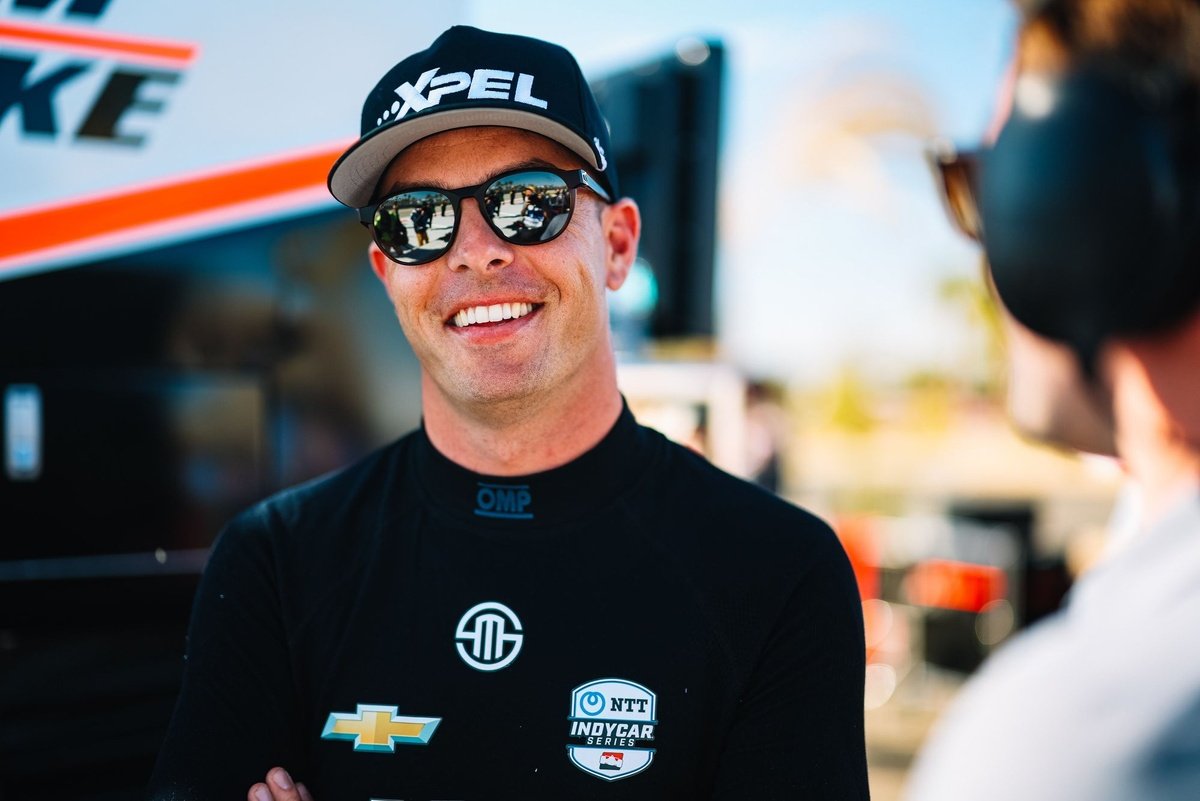

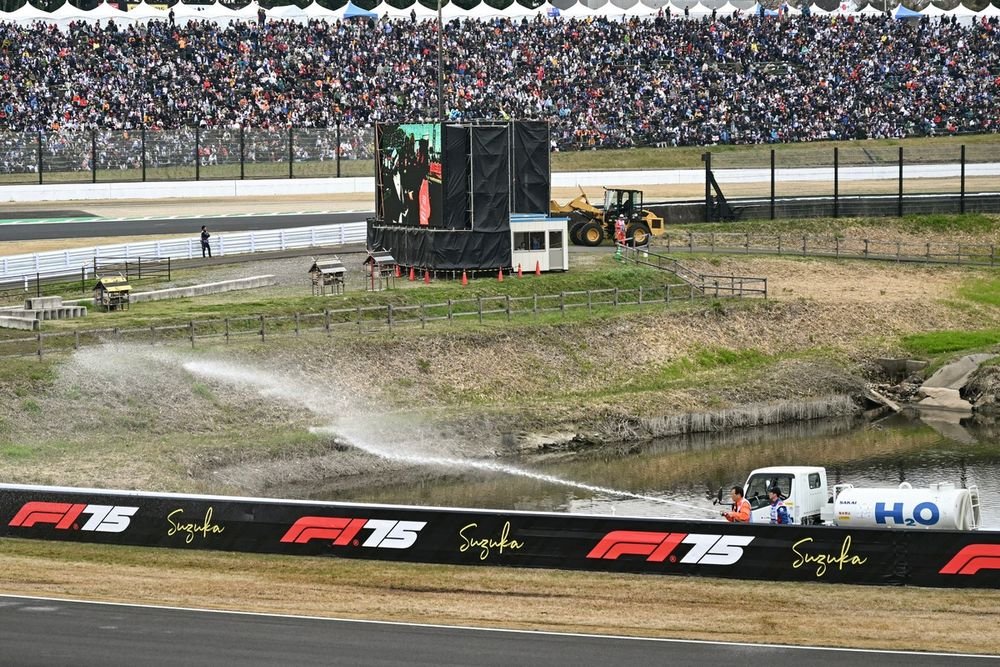
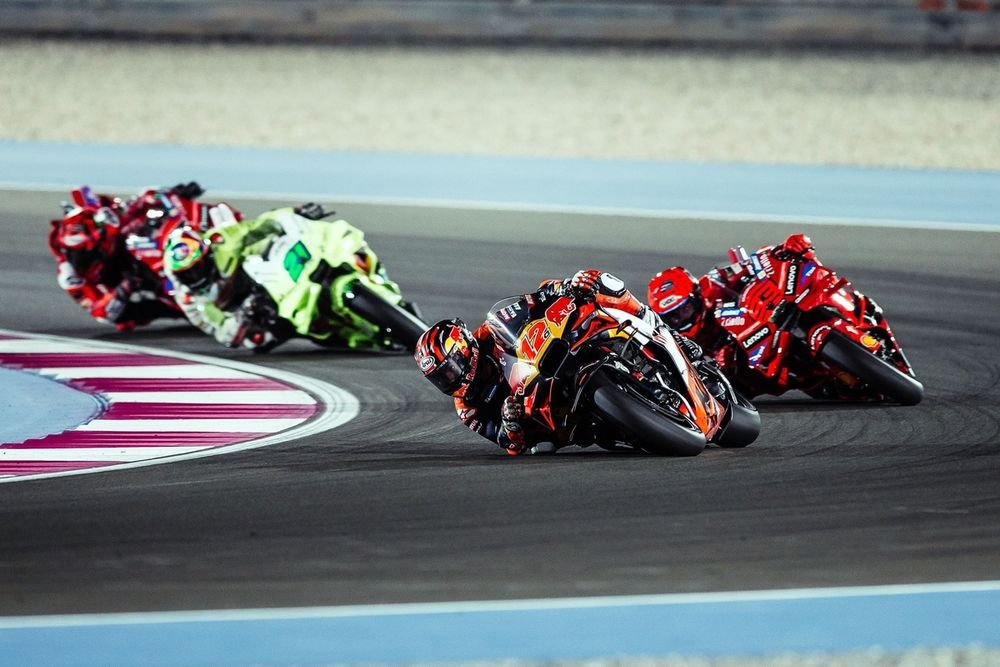

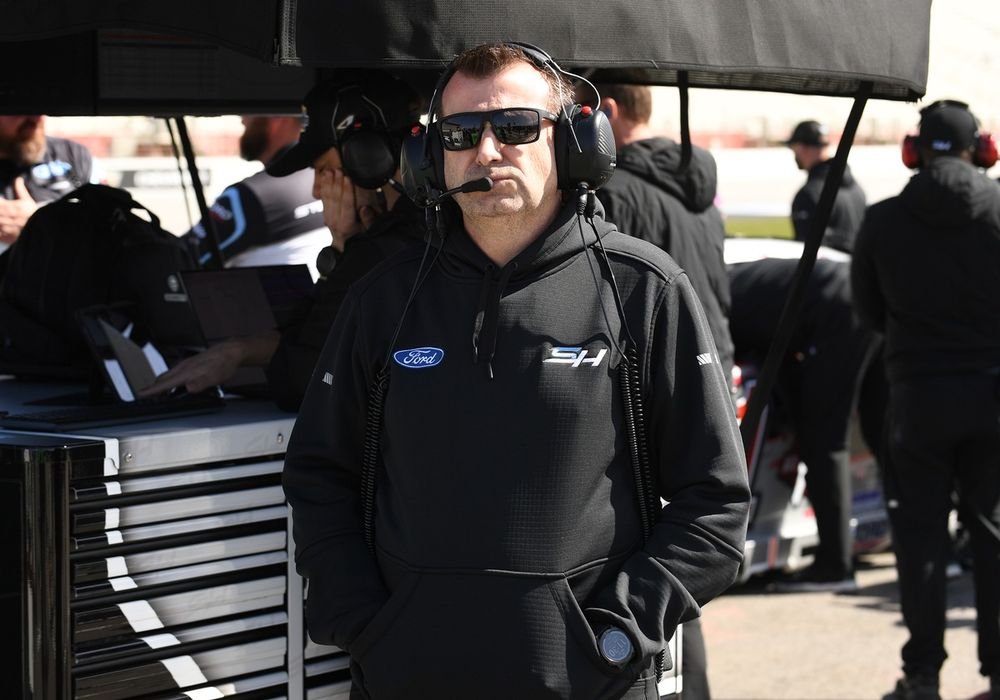


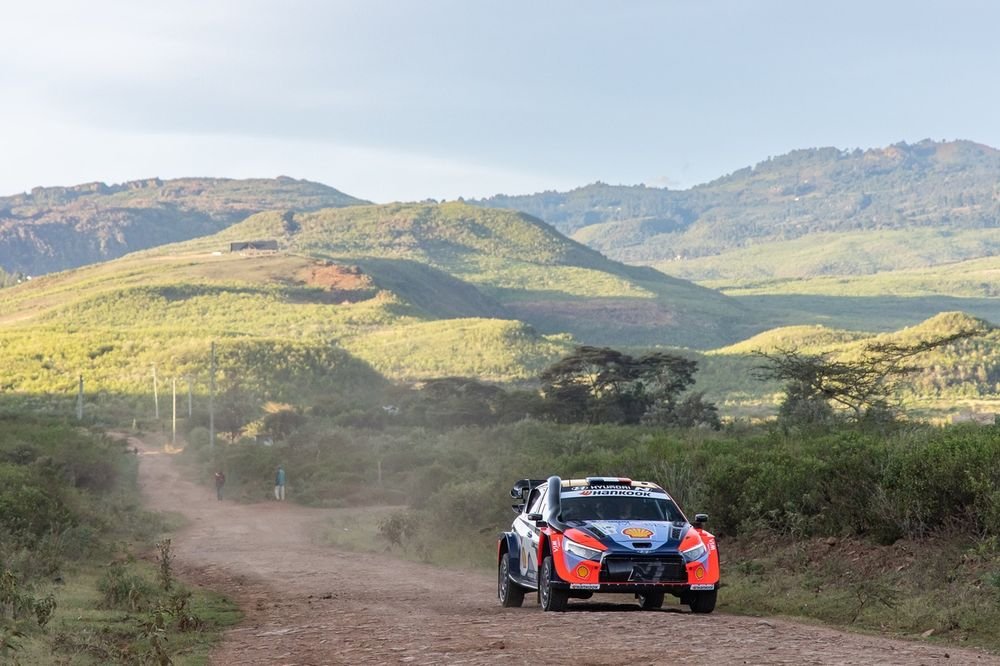




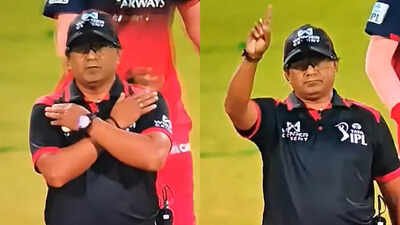
Leave a Reply